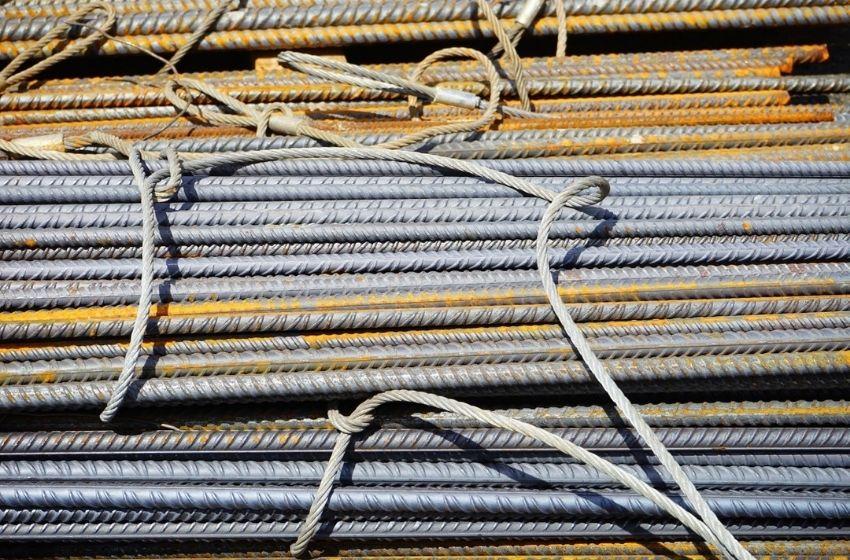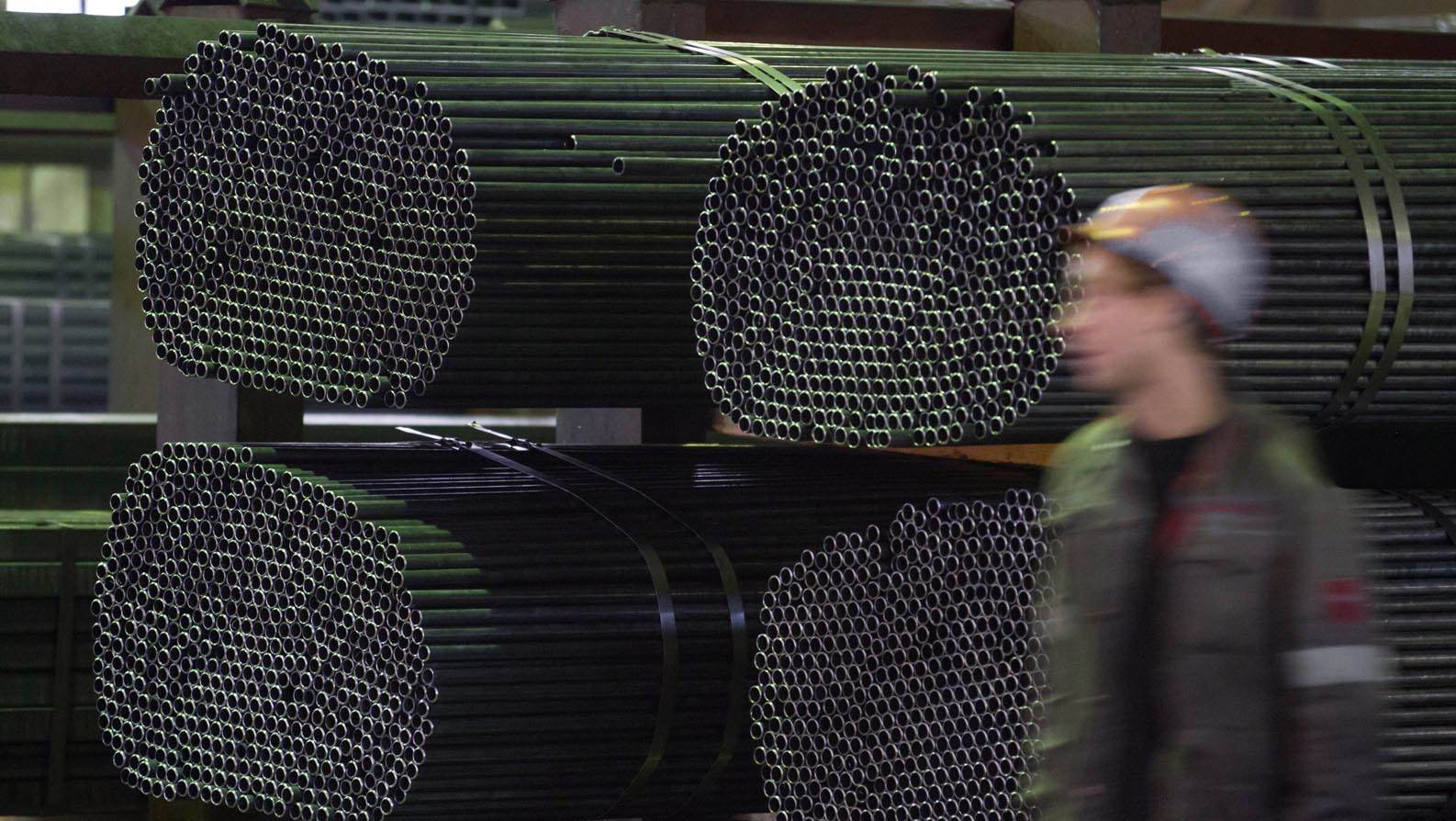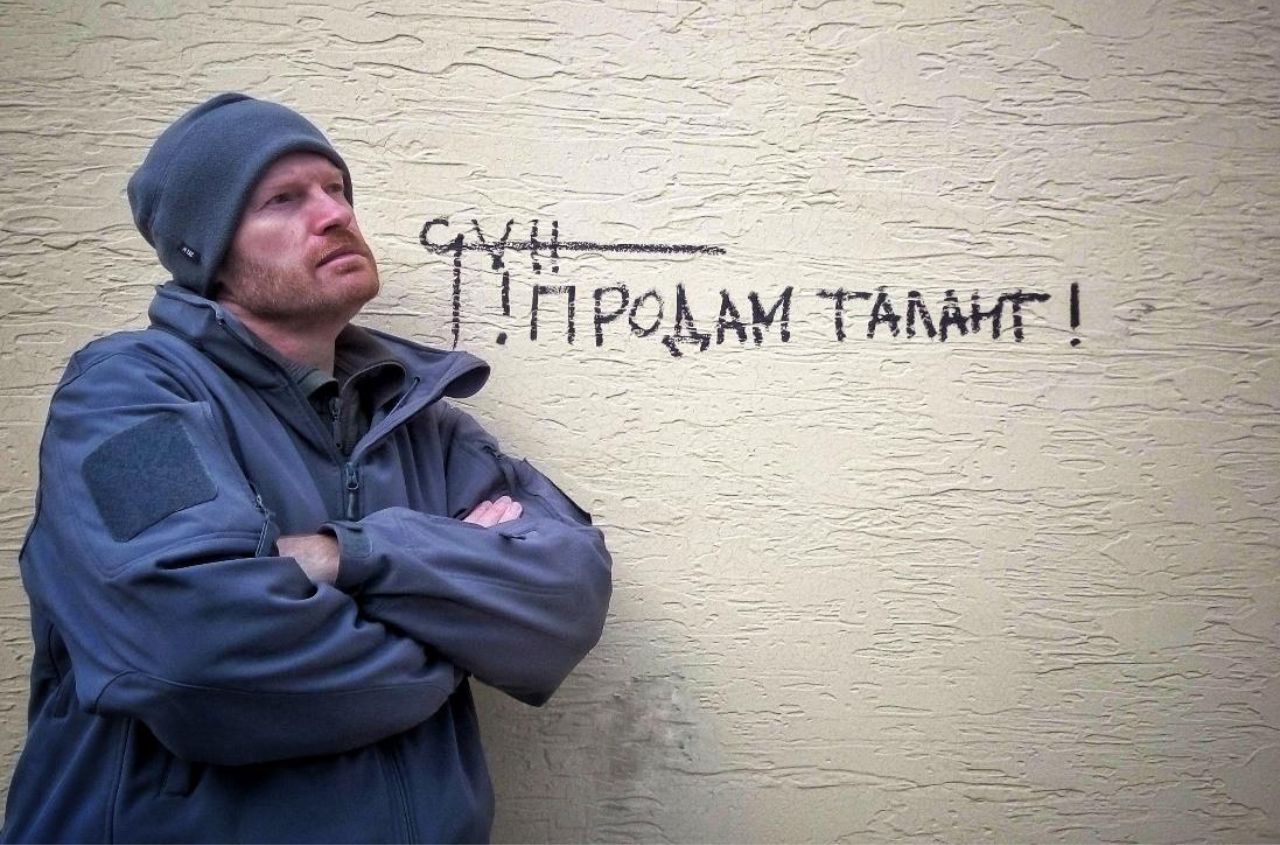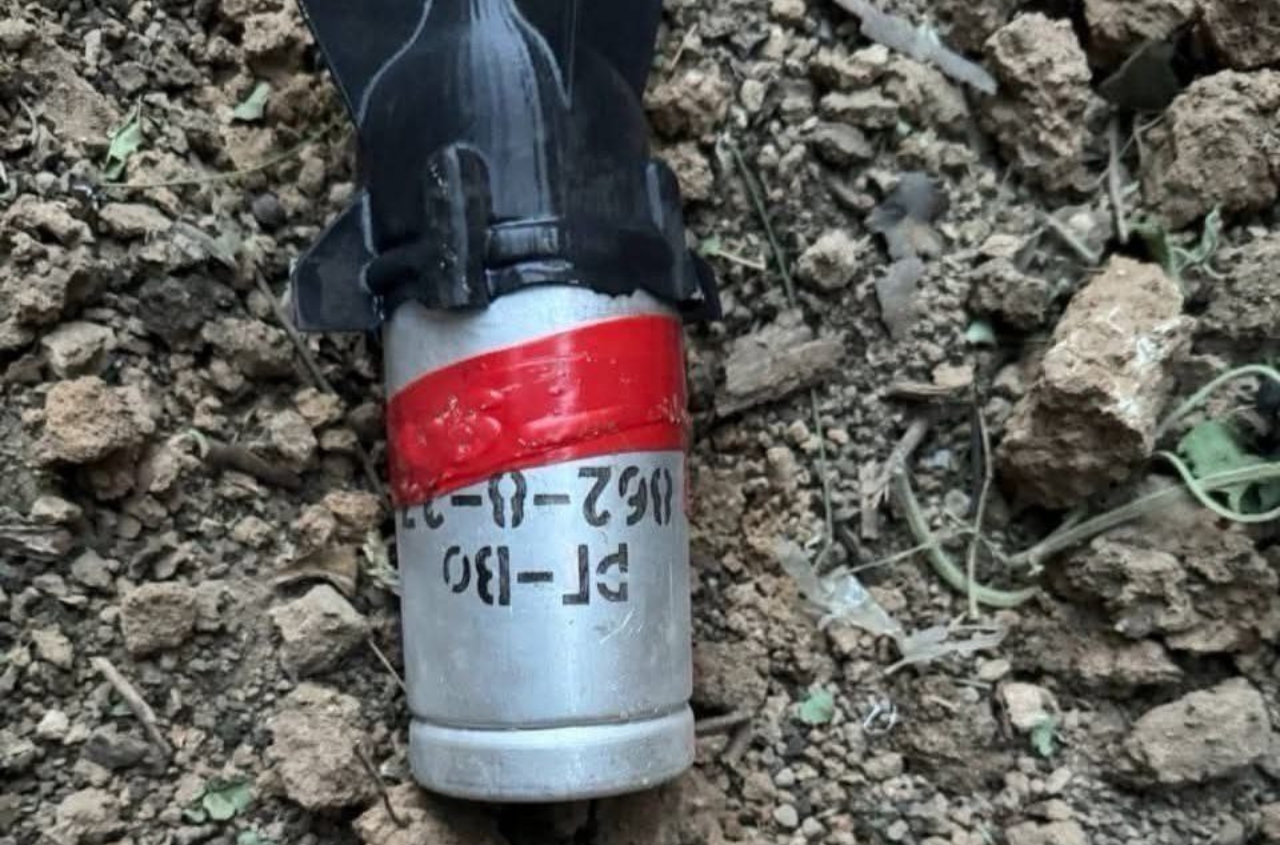The past year has brought about massive disruption to world trade. In Europe, Ukraine and other nations alike have had to deal not only with the COVID-19 pandemic, but also the turmoil of the UK’s departure from the EU. And that’s to say nothing of the recent blockage of the Suez Canal (which affected countries all over the world), or in the case of Ukraine specifically, a sharp escalation in tension with Russia.
Despite all of this however, some of Ukraine’s commodity exports have maintained or even increased strength. This has been particularly true of the key metals the country relies on most in trade: iron and steel.
We noted in our look at the Free Trade Agreement between the UK and Ukraine that some £177 million worth of iron and steel were exported to the UK alone in 2019. And while more recent data from 2020 is of course skewed by the extraordinary circumstances of the pandemic, there were some positive numbers regarding the same exports from last year as well. In January, an article on the Kyiv Post singled out cast iron exports in particular for increasing by just over 20% in 2020.
Global and European trade disruption have not entirely subsided just yet. But these numbers indicate continued strength for the Ukraine’s metal exports, which in uncertain financial times is noteworthy. And there are a few ways in which those managing their own financial investments can explore the idea of taking advantage of the situation.
Learn Commodity Trading
The most direct way to invest in assets like iron or steel is to trade in the metals through the commodities market. So for those interested, it is essential to learn this market. This process can be started through simulated, practice trading via demo platforms. FXCM gives an account of these platforms and characterizes them as a means of “risk-free†trading. Essentially, they enable investors to download programs that mimic real trading stations, so that they can make transactions with fake funds and learn how it all works. Starting with this and gradually ramping up with small investments is a good way to navigate a new market. Ultimately, it can prepare you for commodity investment.
Monitor Ongoing Turmoil
Anyone exploring investment in metals due to their relative strength of late should also make a point of monitoring ongoing turmoil. As mentioned, disruptions to international trade have not subsided entirely just yet. The pandemic is still a factor, and the situation with Russia has escalated to the point that The Guardian recently reported that NATO has issued a warning. Issues like these can interrupt exports and alter the state of demand in relatively short time. Accordingly, anyone focusing on commodity investment needs to remain in the loop on related news.
Assess Specific Companies
Alongside the broader news landscape, prospective investors also need to make a point of assessing the performance of specific companies, rather than metal commodities in general. In Ukraine, this means keeping an eye on companies like Metinvest Holding, Arcelor Mittal Kryvyi Rih and numerous iron works and mining businesses. News on these companies’ performance can send additional signals as to the state of Ukrainian iron and steel on the international market.
None of this is to say that Ukrainians should necessarily make these investments. Such decisions are personal and need to depend on one’s financial outlook and the investment climate at any given moment. However, it is noteworthy that some of Ukraine’s key exports have continued to perform well in a time of global turmoil. Those who are interested in exploring the situation from an investment perspective can begin to do so through the ideas shared here.





















